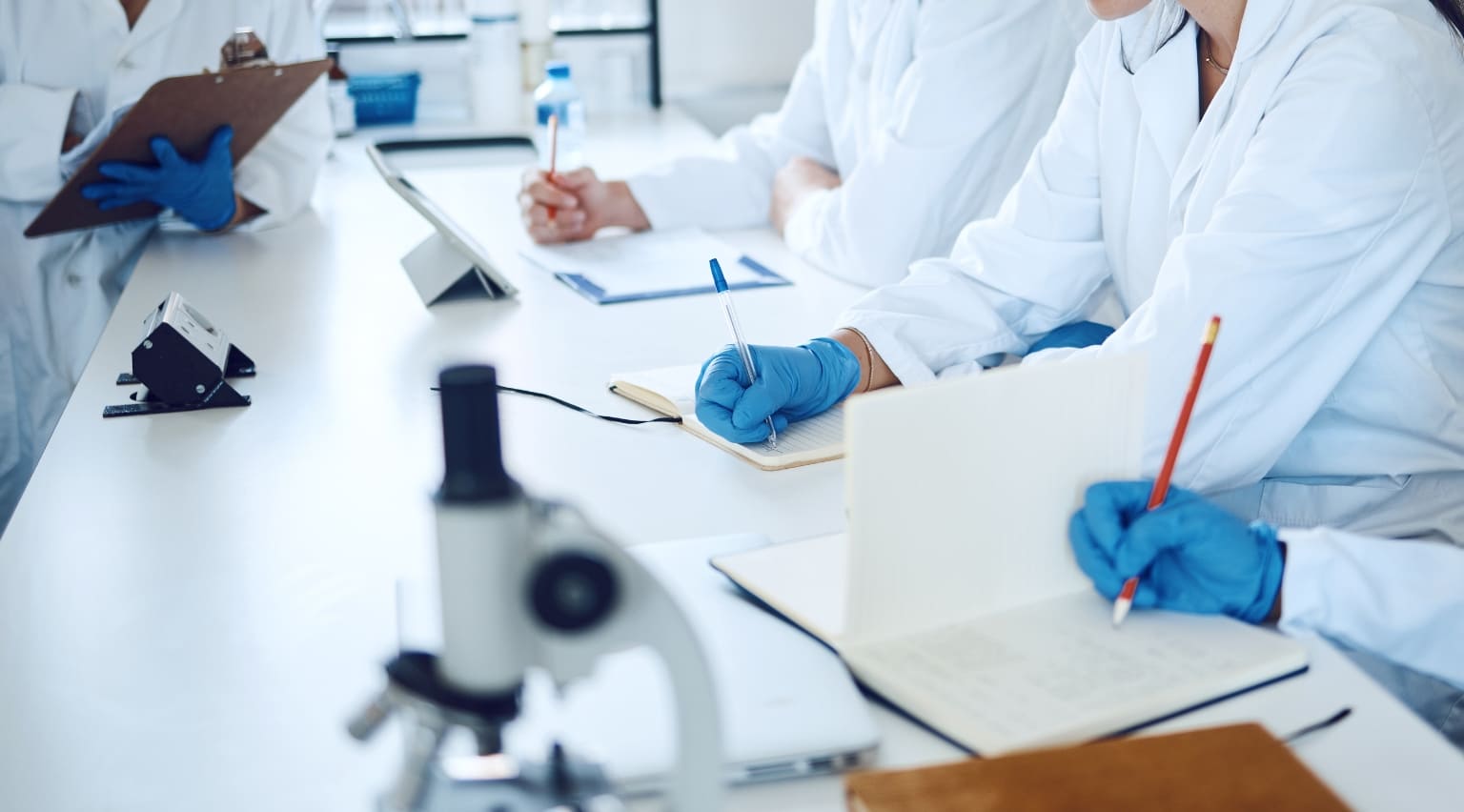In the world of scientific research, the term “assay development” might sound like jargon, but it’s a crucial process that drives discoveries and innovations. So, what exactly is assay development? Simply put, it’s the process of creating a test or an analysis to measure the presence, amount, or activity of a particular substance. These assays are fundamental in various fields, from drug discovery to clinical diagnostics.
Types of Assays
Assays come in different flavors, each tailored to specific needs and applications. Here are the primary types:
Biochemical Assays
These assays measure the biochemical activity of a substance. They are widely used to understand enzyme kinetics and protein interactions.
Cell-Based Assays
Cell-based assays involve living cells and are essential for studying cellular responses to various stimuli. These assays are particularly valuable in drug discovery.
Immunoassays
Immunoassays use antibodies to detect specific proteins or antigens. They are highly specific and are commonly used in diagnostic tests.
Steps in Assay Development
Developing an assay is a methodical process. Let’s break it down:
Defining the Objective
The first step is always to define the objective. What is the research question? What target molecule are you studying? Clear objectives guide the entire development process.
Selecting the Assay Type
Next, you choose the appropriate assay type. This depends on your research needs and the nature of the substance being studied. Criteria for selection include sensitivity, specificity, and practicality.
Designing the Assay
Designing the assay involves determining the key components, such as reagents, controls, and detection methods. Modern tools and technologies, like high-throughput screening, enhance the design process.
Validation and Optimization
Validation ensures that the assay produces reliable and reproducible results. Optimization involves tweaking the assay conditions to achieve the best performance.
Data Analysis
Data analysis is critical. It involves processing the raw data and interpreting the results to draw meaningful conclusions. Statistical methods and software tools play a big role here.
Challenges in Assay Development
Assay development isn’t without its challenges. Common issues include:
- Reproducibility: Ensuring consistent results across different runs.
- Sensitivity and Specificity: Balancing these two aspects to avoid false positives and negatives.
- Complexity: Managing complex biological systems and interactions.
Overcoming these challenges requires meticulous planning and execution.
Applications of Assay Development
Assay development has wide-ranging applications:
Drug Discovery
In drug discovery, assays are used to screen potential drug candidates and understand their effects on biological targets.
Clinical Diagnostics
Diagnostic assays detect diseases and monitor patient health. Examples include blood tests and pregnancy tests.
Environmental Monitoring
Assays help monitor environmental contaminants, ensuring public safety and environmental health.
Future Trends in Assay Development
The field of assay development is constantly evolving. Here are some emerging trends:
Technological Advancements
New technologies, such as next-generation sequencing and advanced imaging techniques, are revolutionizing assay development.
Emerging Applications
With advancements in science, new applications for assays are emerging, such as personalized medicine and advanced therapeutics.
Conclusion





